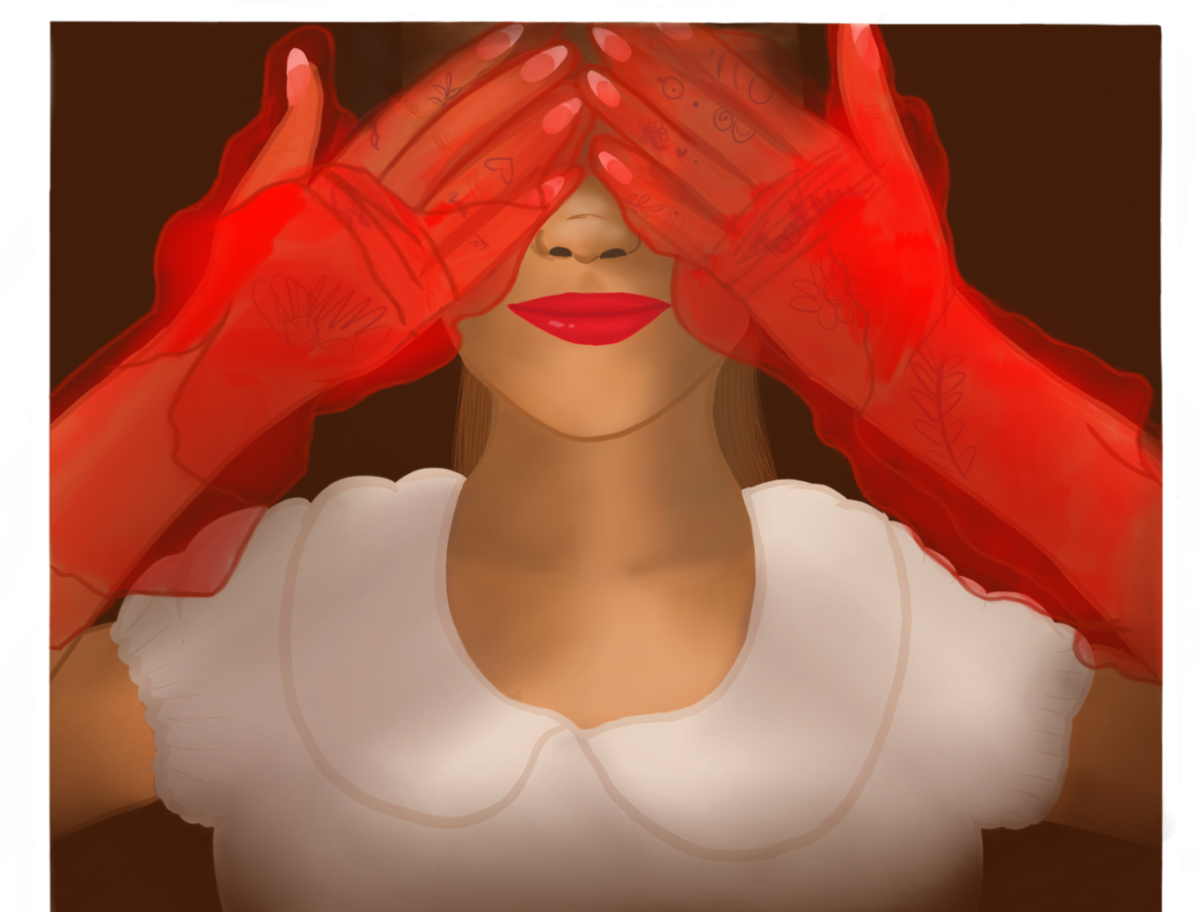“Dune: Part Two,” the long-awaited sequel to “Dune: Part One,” was released on March 1 of this year. This film covers the second half of the original novel written by Frank Herbert, completing the story that began in “Dune: Part One.” It depicts the life of Paul Atreides after he joins the Fremen, a native tribe on the desert planet of Arrakis. The anticipation for this movie was immense, with many people, including myself, eagerly awaiting its release.
The film did not disappoint. Despite its nearly three-hour-long runtime, the pacing is perfect, ensuring that viewers are always engaged and never bored. The story never feels rushed or slow, and each scene is given the time it needs to breathe. This careful pacing ensures that the audience remains engaged and invested in the story from beginning to end.
The film strikes a perfect balance between action-packed sequences and quieter, character-driven moments. This balance is crucial in maintaining the audience’s interest and investment in the story. The characters themselves are intricately developed, with their movements, reactions to situations, and preparations for battle all contributing to the richness of the film.
One of the most striking aspects of the film is the contrast between the Harkonnen soldiers and the Fremen. The Harkonnen soldiers, who are not native to Arrakis, struggle to move through the sand and rely on jetpacks and orthocopters for mobility. They stand out against the desert landscape, unable to blend in. In contrast, the Fremen move effortlessly through the open dunes, blending in and hiding when necessary. They utilize all available resources and are able to fight on par with some of the universe’s strongest soldiers.
The clashes between these two sides are meticulously choreographed, keeping viewers on the edge of their seats. These moments are amplified by the film’s sound design and music. The sound design of “Dune: Part Two” is nothing short of extraordinary, with every whisper of the wind, crunch of sand underfoot, and hum of a spaceship engine meticulously crafted to immerse viewers in the film. The score, composed by Hans Zimmer, perfectly complements the visuals, enhancing the emotional depth of the scenes and adding another layer to the storytelling.
The film’s visual effects are another aspect that deserves mention. The vast desert landscapes of Arrakis are brought to life with stunning detail, making viewers feel as if they are truly in another world. The design of the spaceships and the architecture of the cities are also impressive, showcasing the filmmakers’ attention to detail and commitment to creating a believable and immersive world.
As I watched the movie, I was constantly shocked by the landscape. The city of North Arrakis, the castle of the Harkonnen’s, even the interiors of buildings were so beautifully designed. Every main location shown in the movie is distinct, to the point where towards the end of the movie I was able to recognize the locations without the help of the location cards.
The performances of the actors are also noteworthy. Timothée Chalamet delivers a compelling performance as Paul Atreides, capturing the character’s complexity and growth throughout the film. The supporting cast, including Rebecca Ferguson, Oscar Isaac, and Stellan Skarsgård, also deliver strong performances, adding depth to their characters and contributing to the film’s overall quality.
The film also explores themes of power, destiny, and survival in a harsh environment. These themes are woven into the narrative, adding depth to the story and prompting viewers to reflect on these issues.
Throughout the film, I was constantly reminded of the greyness of the main characters. Without spoiling the story, almost every main character is questionable. Even the one we follow in this story, Paul Atreides, has moments and times when I had to pause and think, “is he sure this is the best method?” On the other hand, these thoughts are what make this movie amazing. You’re constantly thinking about who is in the right, what beliefs and religions could have created this outcome, and what is the final outcome.
However, one potential issue with the film is its reliance on viewers’ familiarity with the plot of “Dune.” There were several instances where viewers unfamiliar with the story may have missed important details. Thankfully, these moments are spread out and most are just subtle nods to the overarching story.
In conclusion, “Dune: Part Two” is a cinematic masterpiece that delivers on all fronts. It is a film that rewards attentive viewing, with numerous small details enhancing the overall experience. I would give this movie a 10/10 rating, and I highly recommend it to all fans of science fiction and epic storytelling. The wait was indeed worth it. The film not only met but exceeded all expectations, providing a satisfying conclusion to the story started in “Dune: Part One.”






